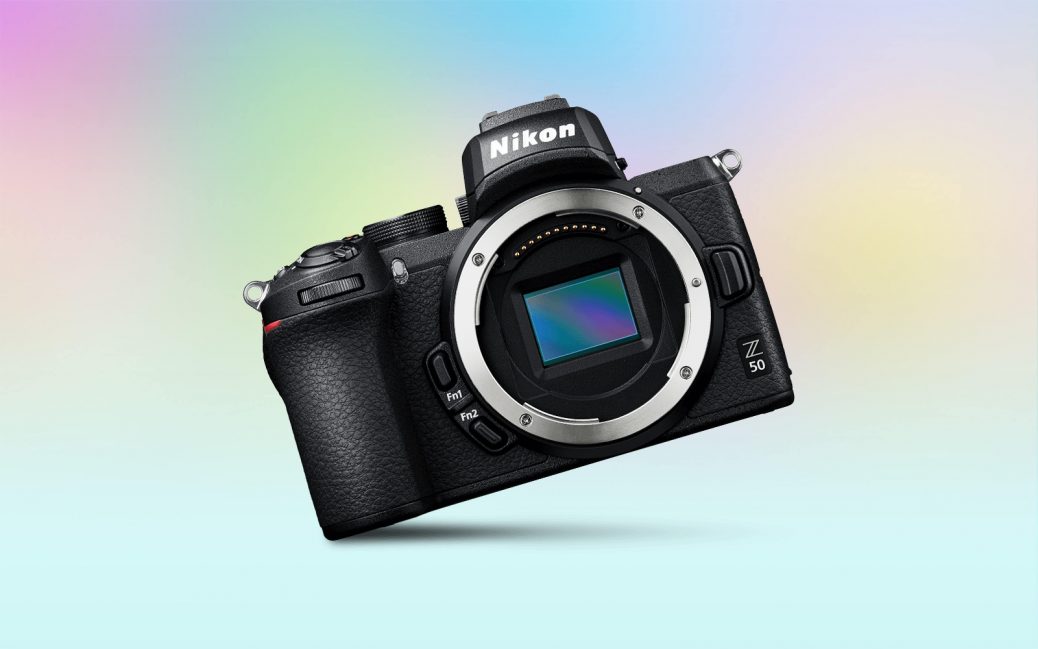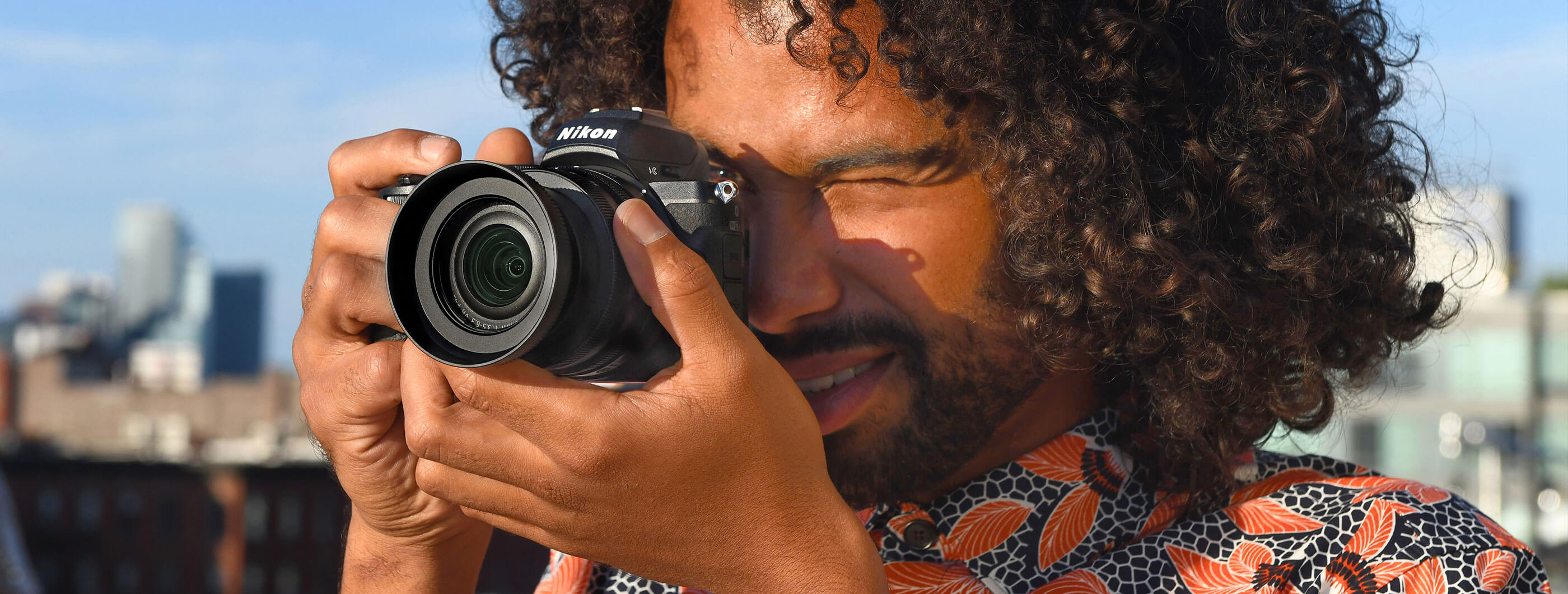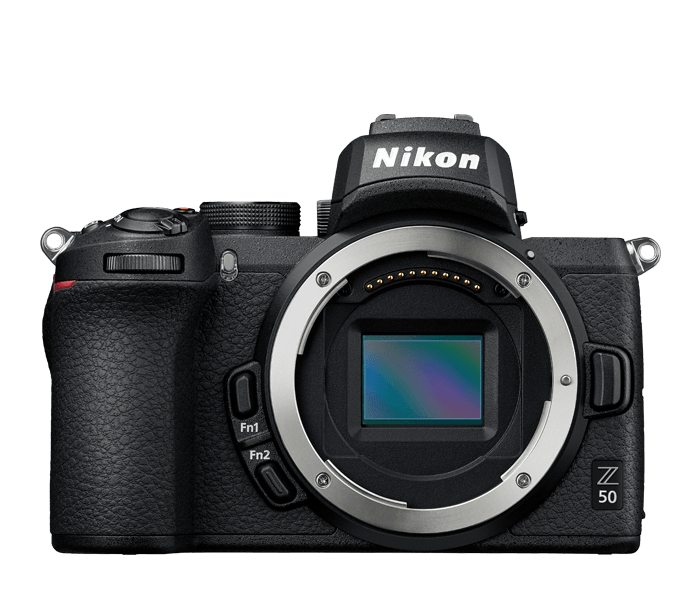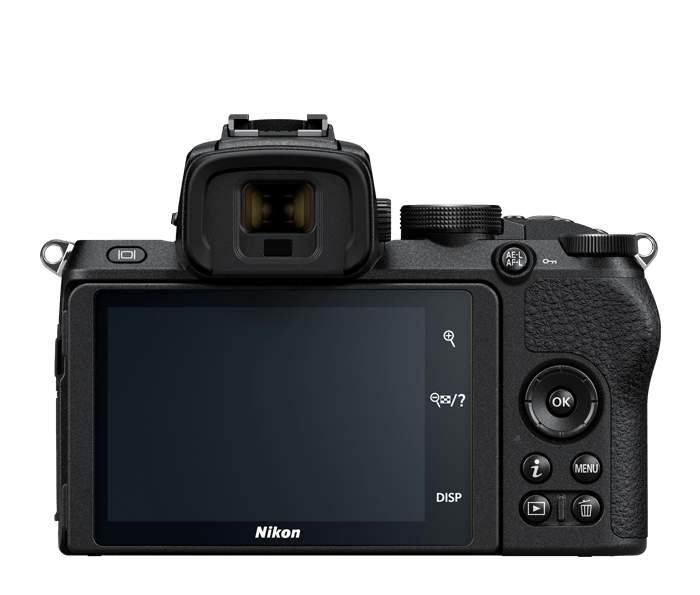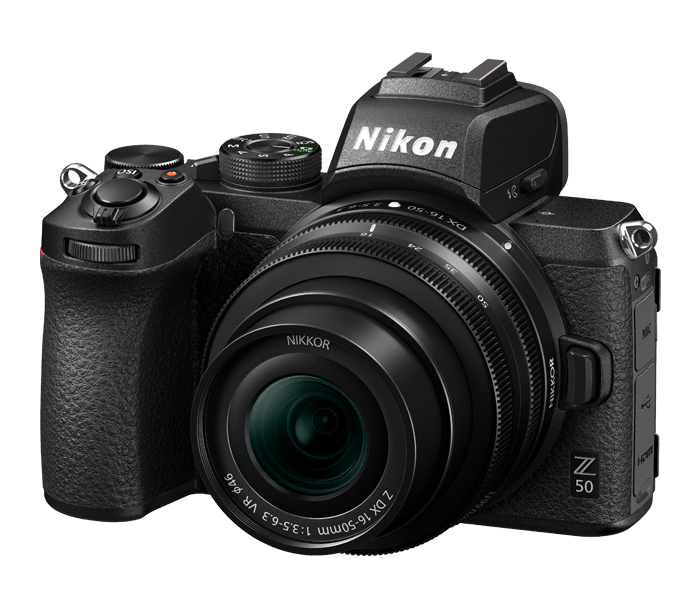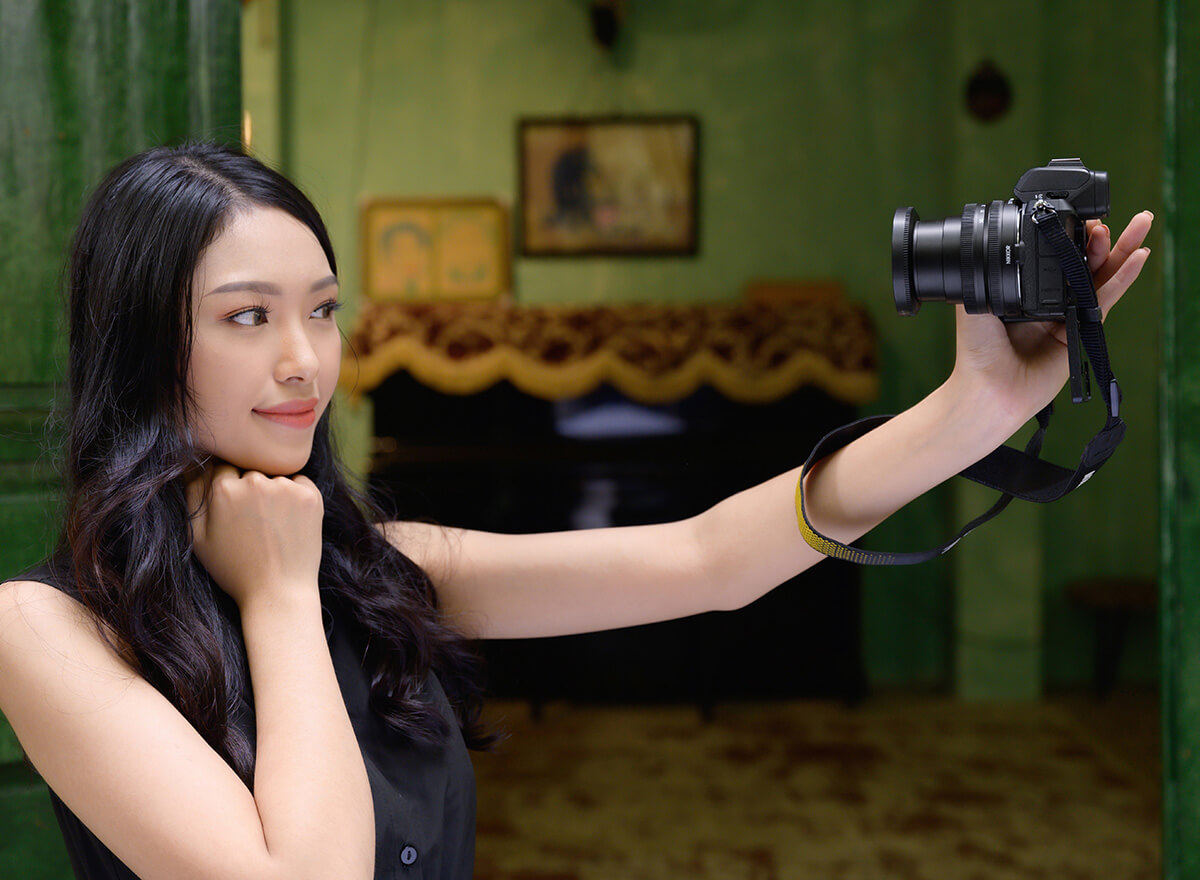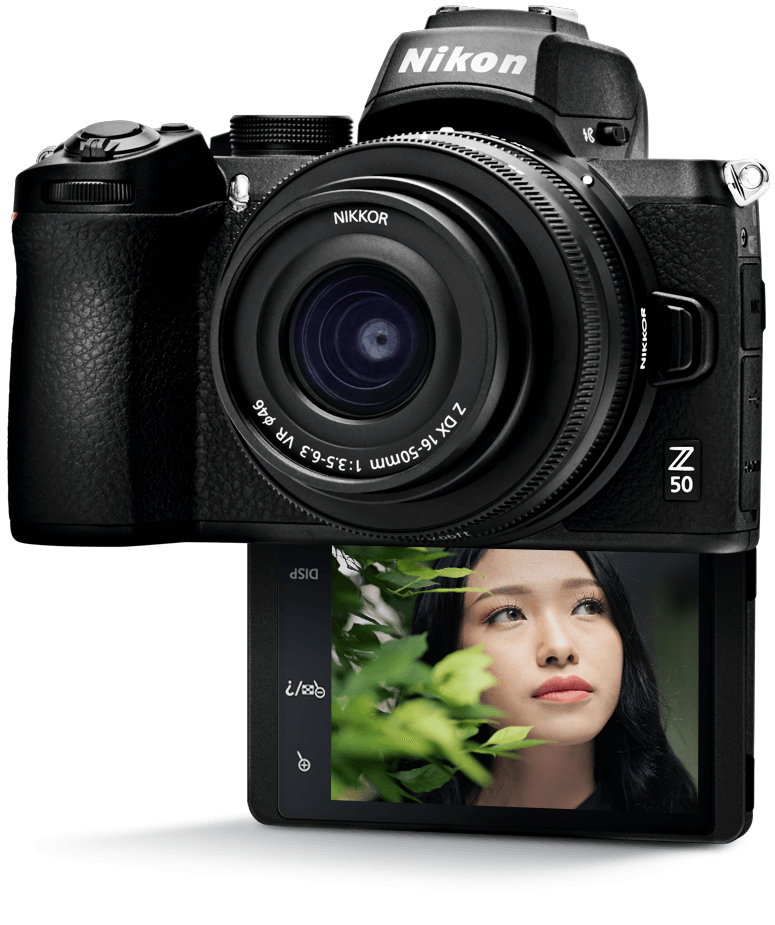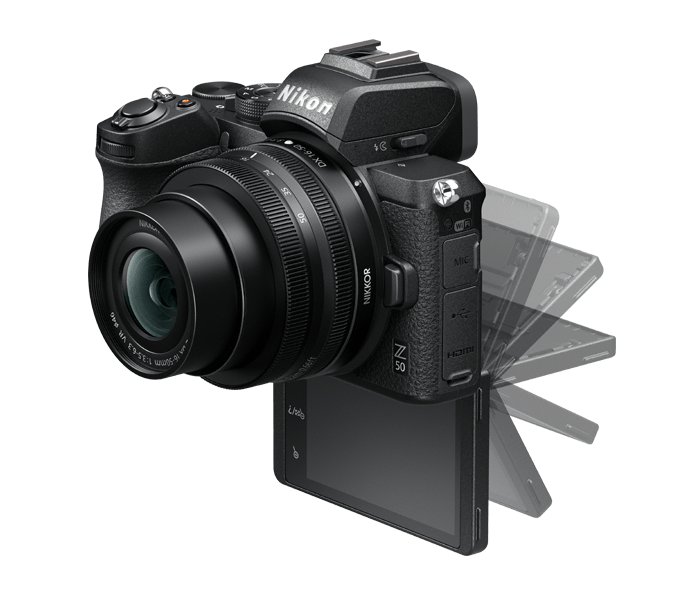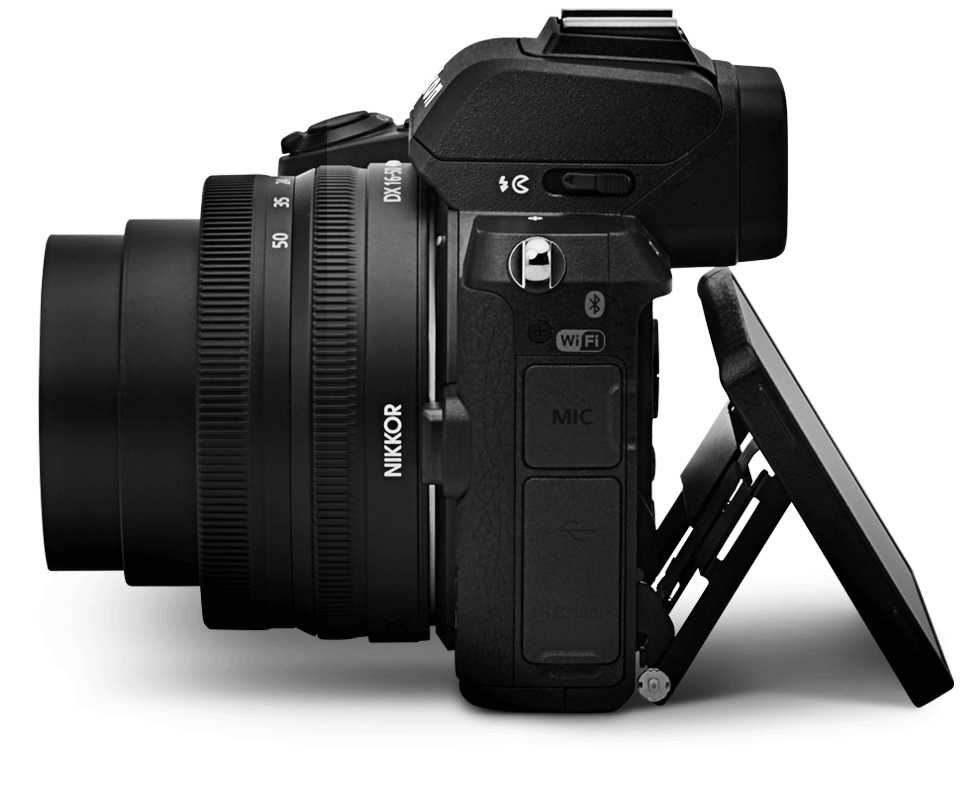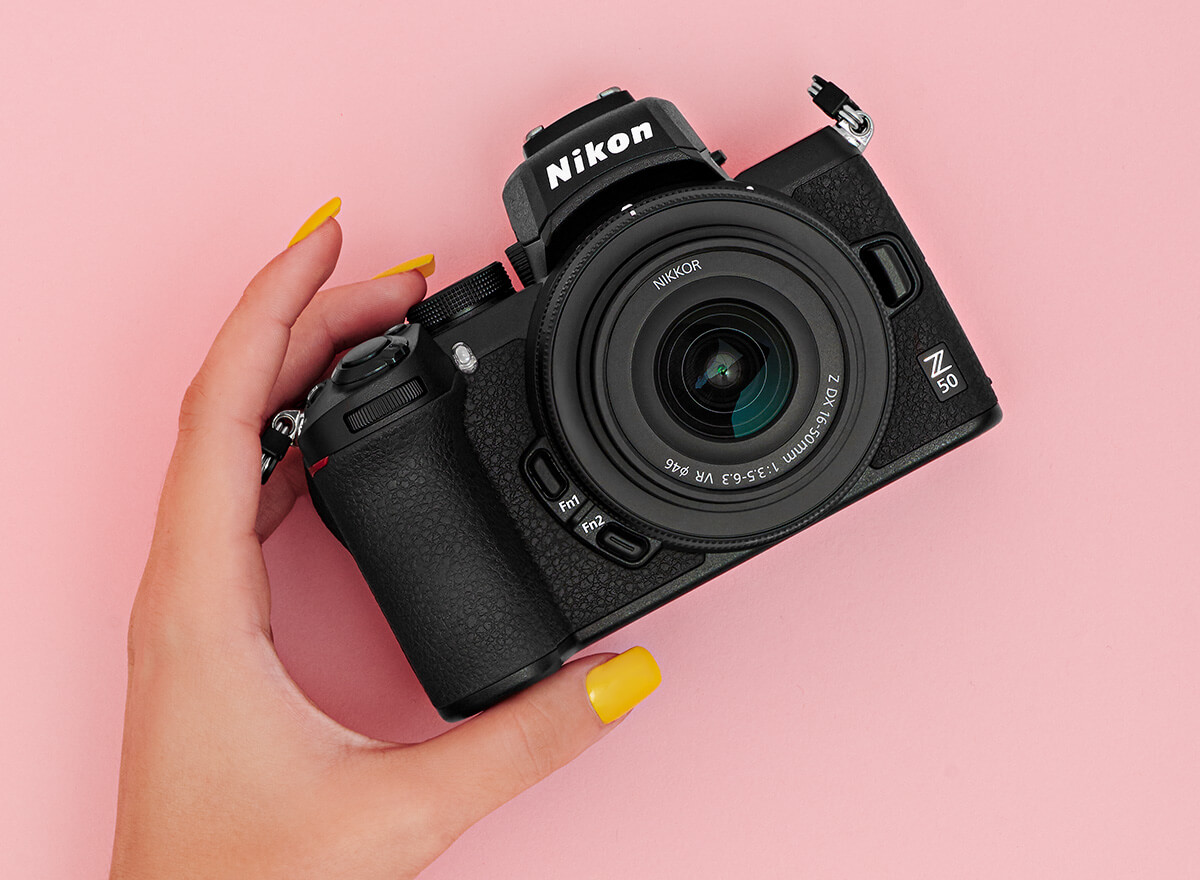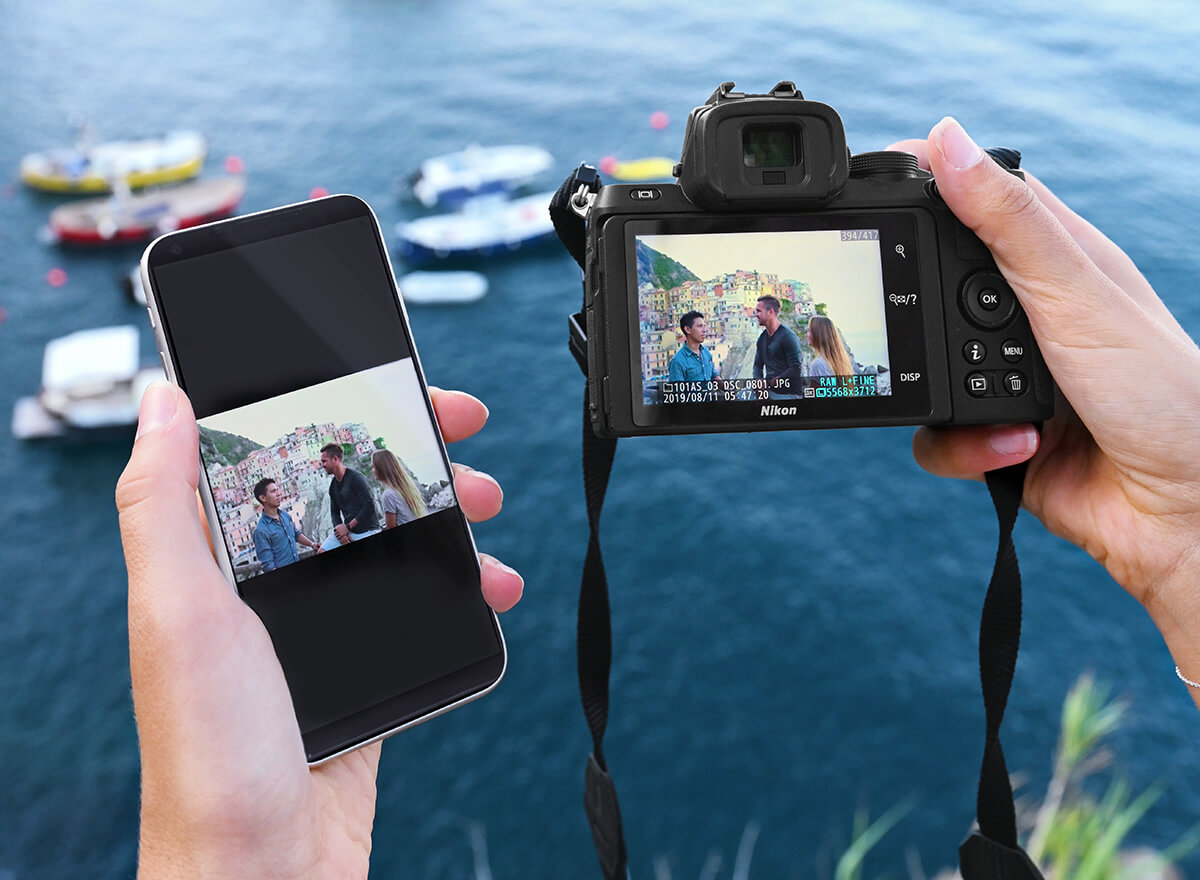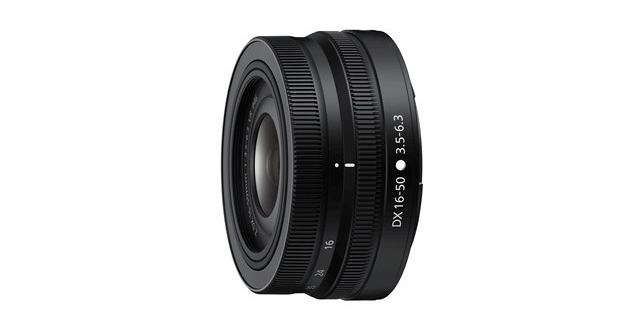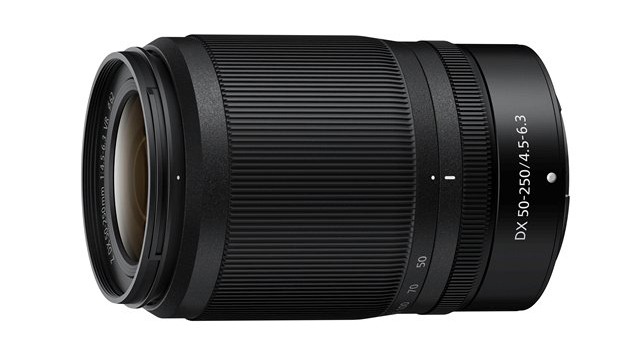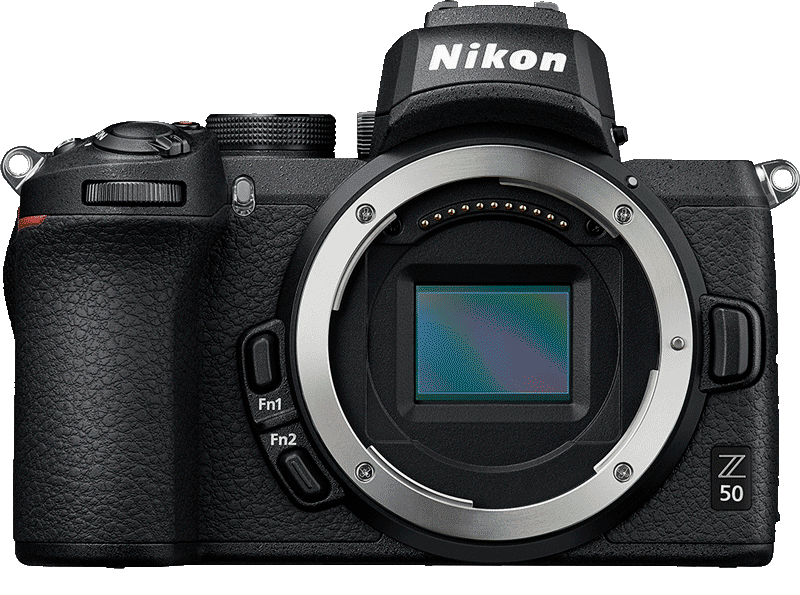Nikon Unveils the Z50, an Entry-level Crop Sensor Camera Equipped with Z-mount
Nikon has announced the new Z50, the first DX-format mirrorless camera in the Z series lineup.
It’s a camera that’s smaller, lighter, and cheaper than its full-frame siblings. Introducing an APS-C format Z series camera makes a lot of sense, appealing to a broad range of different kinds of photographers.
The Z50 features a 21MP BSI CMOS APS-C sensor (similar to what’s on the D500) with on-sensor phase detection.
Along with the sensor, there’s a Digic 6 processor – the same engine as found in the Z6/Z7. That processing power helps to facilitate some of the camera’s other headline features.
The same hybrid autofocusing system has also been brought across, with 209 on-sensor AF points which cover approximately 90% of the frame and promises to deliver edge-to-edge sharpness. Low-light focusing is also promised to be excellent, with sensitivity down to -4EV.
Unlike the Z6 and Z7, the Z50 does not have in-body image stabilization.
The Z50 weighs under a pound, and has a flip-down rear display for selfie photos and vlogging. But if you put the Z50 onto a gimbal, the screen will be blocked if it’s flipped. That’s not great for vlogging, so Nikon is developing its own handle for the Z50. The Z50 has a mic input but no headphone jack among its ports.
The Z50 is capable of shooting bursts at 11 fps with continuous AF. It can capture UHD 4K video at 24p and 30p, and a 120 fps option is available if you drop the resolution to Full HD.
The APS-C camera sports also a 2.36M-dot OLED EVF and a pop-up flash. Its single SD card slot supports high-speed UHS-II media while its Micro USB port allows for in-camera battery charging. The Z50 uses the new EN-EL25 battery, with an estimated battery life of around 300 shots per charge.
The Z50 has a magnesium alloy construction and some level of weather resistance — but Nikon says it’s not quite up to the same level as the Z6 and Z7.
Despite the effective miniaturization, Nikon has managed to retain an impressively deep grip and kept the high-quality coating found on either the Z6 or the Z7, so it still has a good overall feel and sense of quality. What you lose for the space sacrifice is a top-plate LCD panel, some of the buttons found on the back panel and the navigational joystick. Although that sounds like a lot to be missing on the usability front, it helps to give the buttons that have been left behind plenty of space and not be too cramped together.
As well as the brand new Z50 body, two new DX-format Z lenses have also been announced specifically designed for the new shooter: a 16-50mm f/3.5-6.3 collapsible kit lens, plus a 50-250mm f/4.5-6.3 telephoto zoom lens. You can, of course, use existing range Z lenses with the new camera, but you will need to take into account the DX crop factor, which is roughly 1.5x – so a 35mm lens becomes a 52.5mm, for example.
Keeping much of the usability and ergonomics of the full-frame Z models is a wise decision that doesn’t make you feel like you’re compromising too much on quality when you’re using it – indeed, the small size and lightweight make it a very appealing option for travel.
The Z50 will be available in November for $859 body-only, $999 with the 16-50mm lens and $1349 with the 16-50mm and 50-250mm lenses. Both kit lenses will be available separately, with the 16-50 priced at $299 and the 50-250 at $349.
More info on Nikon’s website.

